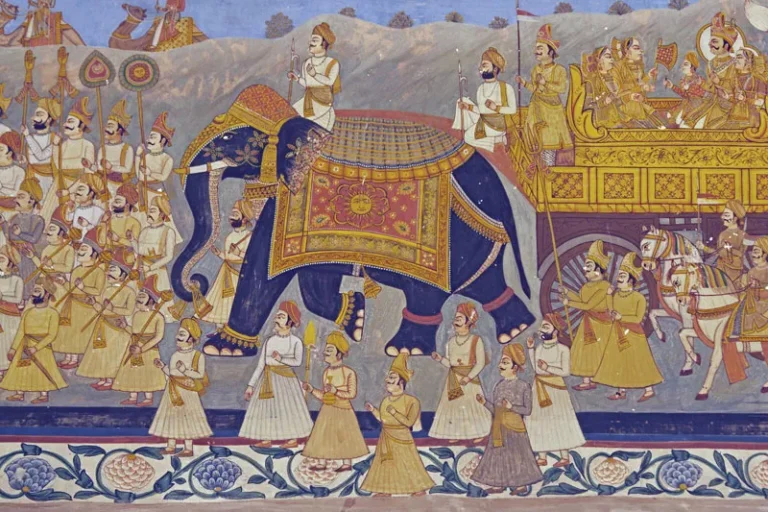
Agriculture is India’s backbone, providing sustenance to almost 54% of its population. From the simplest forms of cultivation to the most advanced hydroponics, the range of farming methods in India is as diverse as the country’s geography and climate. Different types of farming are understood to be the basis of how farmers alter their techniques according to the needs of the land, water, and market.
1. Subsistence Farming

The simplest and oldest form of farming is mostly based on growing food for the family rather than for sale. The farms are usually very small, and farmers are still using traditional methods like bullock ploughs and sickles.
Examples: Small-scale farmers in Bihar and Uttar Pradesh cultivate rice, wheat, and pulses.
Advantages: Minimal expenditure and guarantees the availability of food.
Disadvantages: Low income and very much reliant on rain.
2. Commercial Agriculture

Market-grown crops characterize the commercial agriculture method, where the main goal is to get the largest profit possible. Besides, this practice also consists of good-quality seed varieties, Chemical fertilizers, and mechanized equipment.
Cultivation of sugarcane, cotton, and tobacco in Maharashtra and Gujarat is an example.
The Advantages of Commercial Agriculture: Huge production and job creation.
The Disadvantages of Commercial Agriculture: The input costs and price swings can cause a reduction in the income of the farmers.
3. Plantation Agriculture

The system, characterized by just one cash crop cultivation and a focus on export, serves mainly to export. Such farms are very capital-intensive and need an extensive workforce.
Tea estates in Assam and coffee plantations in Karnataka are examples.
Advantages: High export value and rural employment.
Disadvantages: Monocropping risks and long gestation periods.
4. Mixed Farming

The farmers in this type of farming practice grow plants and raise animals at the same time. Cows and goats, for instance, manure crops and at the same time, get their feed from the crops as well—an eco-friendly cycle.
Examples: Wheat cultivation and dairy farming in Punjab and Haryana.
Pros: Stable income throughout the year.
Cons: Requires knowledge of both farming and livestock care.
5. Organic Farming

Organic farming is a method of growing crops using the natural processes of nature without the assistance of manmade chemicals, pesticides, or fertilizers. Among the natural methods are composting, rotating crops, and using bio-manure.
Examples: The government of Sikkim in India declared the state as the first 100% organic state, and grows vegetables and spices only with organics.
Pros: Being eco-friendly, organic farming assures the supply of food that is free from chemicals.
Cons: Organic farming practices initially result in lower yields and pose problems in getting certified.
6. Shifting Cultivation (Jhum Farming)

This practice is mostly associated with the tribal people who cut down a small area of the forest, grow food for some years, and then shift to another area, so the soil continuity is maintained.
Examples: Parts of Mizoram and Nagaland.
Pros: It is a very old and easy way of farming.
Cons: Cutting down forests and thus loss of soil are some of the negative impacts of this method.
7. Intensive and Extensive Farming

Intensive farming is the cultivation of crops with the aid of high inputs, such as fertilizers and irrigation, to achieve maximum yield from small land areas, typically located near urban centers (for example, vegetable farming in the Delhi-NCR region).
Extensive farming uses very little input over large tracts of land, such as the cultivation of millet in Rajasthan.
Pros: Intensive ensures high productivity; extensive covers large regions efficiently.
Cons: Intensive can degrade soil; extensive has a lower yield.
8. Dryland and Wetland Farming

Dryland Farming is practiced in regions with very low rainfall (<75 cm yearly) where the main crops are jowar and bajra, which can resist drought (Rajasthan, Telangana).
Wetland Farming is mainly done in places with considerable rainfall or irrigation, and rice is the principal crop (Kerala, Bengal, Assam).
Pros: Makes use of different climate zones and their varied crops.
Cons: Both rely a lot on the weather.
9. Terrace Farming

In hilly regions, farmers carve step-like terraces to prevent erosion and make cultivation possible.
Examples: Rice farming in Uttarakhand and Himachal Pradesh.
Pros: Prevents runoff and uses mountain slopes effectively.
Cons: Labour-intensive and costly to build.
10. Hydroponics & Aquaponics (Modern Soilless Farming)

Modern farming methods like hydroponics (plants grown in nutrient-rich water) and aquaponics (combining fish farming with plant growth) are gaining popularity in urban India.
Examples: Startups in Bengaluru and Delhi growing lettuce and herbs.
Pros: Water-efficient, pesticide-free, and space-saving.
Cons: Requires investment and technical skills.






